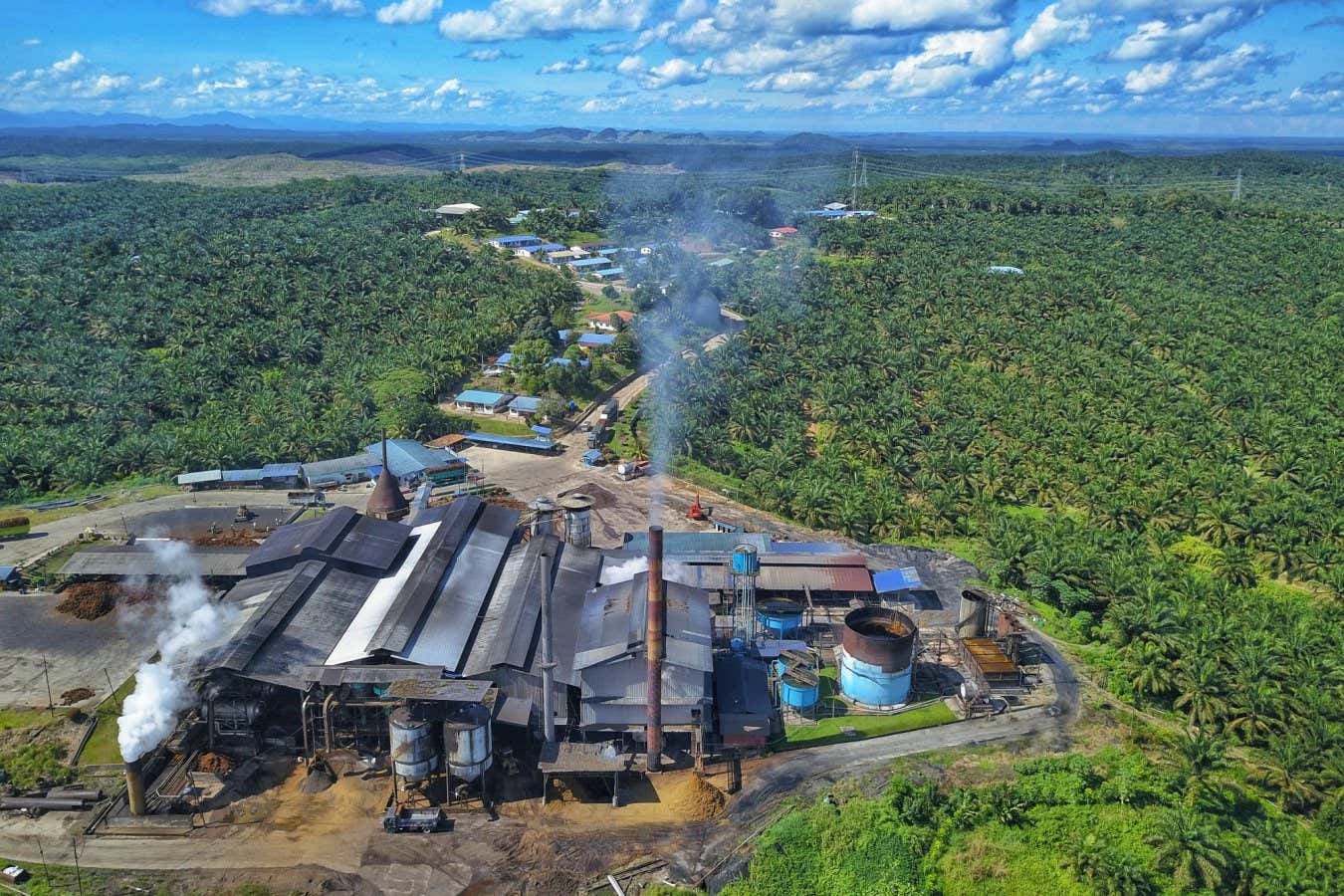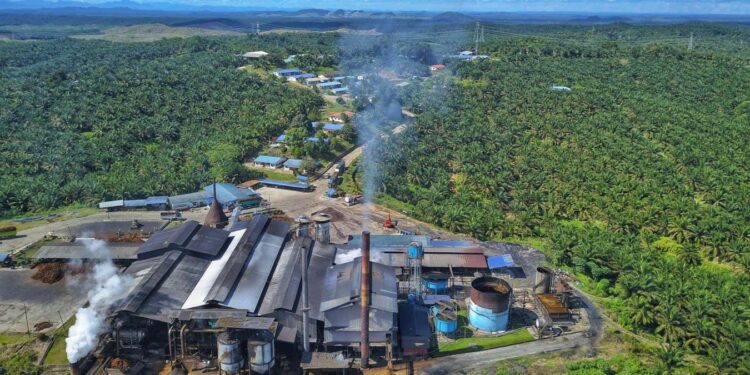
One reason fewer calories are reaching people’s plates is the use of palm oil for biodiesel
Augustine Bin Jumat/Shutterstock
The world produced enough calories in 2020 to feed 15 billion people – but only 50 per cent of those calories ended up reaching people’s plates. This proportion is now very likely to have fallen even lower because of the declining efficiency of the global food system.
Rising production of meat – especially beef – and biofuels such as ethanol and biodiesel are the main reasons for this increasing inefficiency, according to Paul West at the University of Minnesota and his colleagues. Shifting to healthier diets and reducing biofuel production could increase food availability without requiring more farmland.
Food production is typically measured in terms of mass, but looking at it in terms of calories – the amount of energy in the food – is more informative when it comes to comparing different crops and assessing how much people need.
To do this, West’s team started with data from the UN Food and Agriculture Organization on the top 50 crops in terms of calories. These 50 crops together provide 97.5 per cent of all the calories grown around the world. They include staples such as maize and potatoes, oil crops like sunflower and rapeseed, cacao and some fruits and vegetables, including bananas and tomatoes.
Next, the team used data on how efficiently animals convert feed into meat, milk or eggs to work out how many calories are lost during the production of animal-based foods. To eliminate short-term trends, the team’s figures for 2010 and 2020 are the average over three years.
They found the total global calorie production increased by around 24 per cent between 2010 and 2020. However, the number of calories available for people to eat increased by only 17 per cent.
This is because not only are more calories being fed to animals, they are being fed to livestock such as beef cattle, which are less efficient at converting feed into meat compared to, for example, chickens. Altogether, 45 per cent of the calories grown in 2020 were lost during the production of animal-based foods. Simply switching from beef to chicken would reduce the number of calories lost.
Another 5 per cent of calories produced during 2020 were used for making biodiesel and bioethanol. Specifically, the use of palm oil calories for biodiesel increased by 34 per cent.
The study does not account for food waste, which results in further lost calories. What the study reveals is not all food waste is equal – reducing waste of animal products like beef matters most because so many calories go into producing it.
“It is an important reminder that the problems we face in feeding 8 billion people today – and even in the future with a few billion more – are not about biophysical limits; it’s not that we can’t produce enough calories,” says Hannah Ritchie at the University of Oxford, who was not involved in the study. “It’s about distribution and human choices on what we do with them.”
Calories are not all that matter, Ritchie notes. Proteins and micronutrients are also crucial. She hopes the team will extend their work to look at these.
New Scientist contacted West, but he declined to discuss the work ahead of publication in a peer-reviewed journal.
Topics:
- food and drink/
- agriculture
Source link : https://www.newscientist.com/article/2493576-fewer-than-half-the-calories-grown-on-farms-now-reach-our-plates/?utm_campaign=RSS%7CNSNS&utm_source=NSNS&utm_medium=RSS&utm_content=home
Author :
Publish date : 2025-08-25 15:32:00
Copyright for syndicated content belongs to the linked Source.














